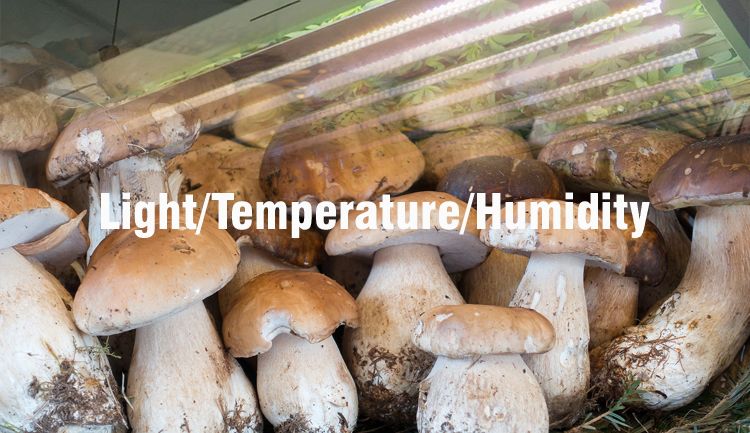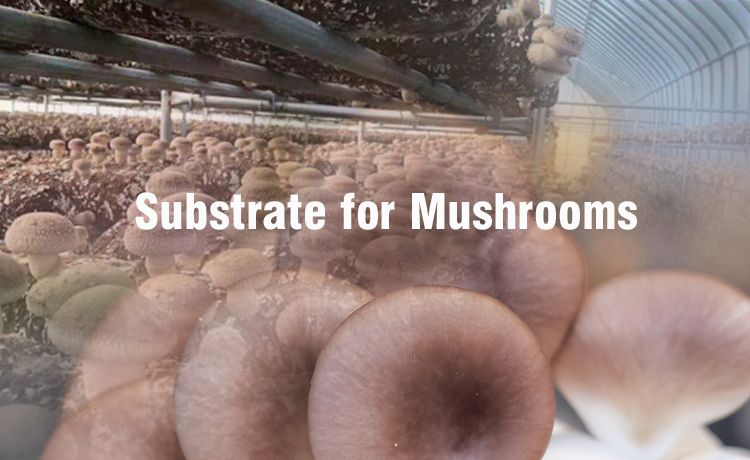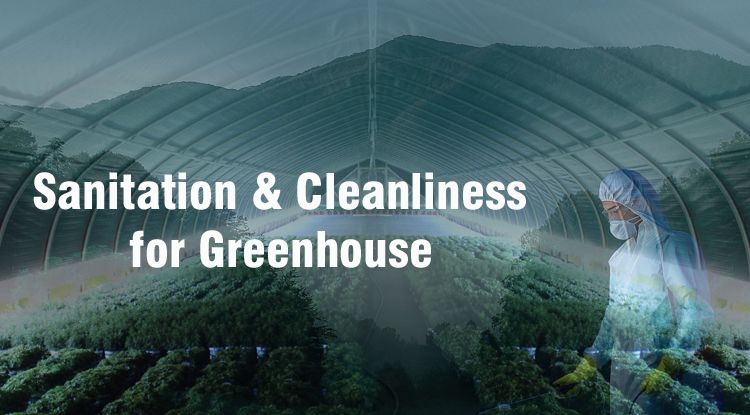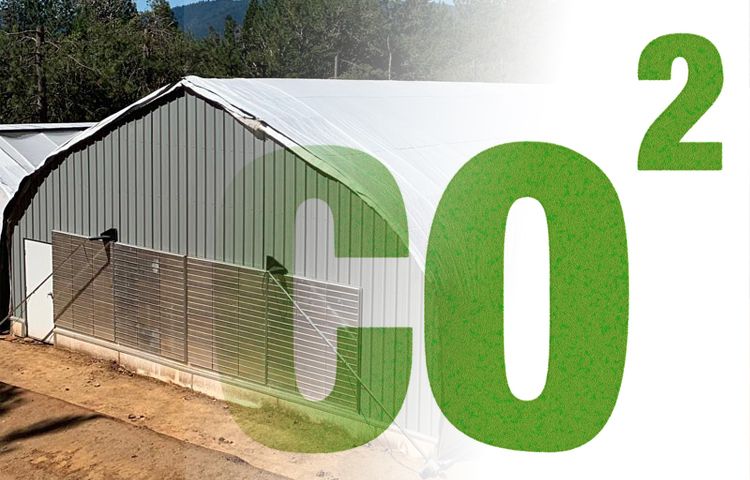Mushrooms, often considered a culinary delicacy, are fascinating organisms that have captivated human interest for centuries. From their unique shapes and textures to their diverse flavors and medicinal properties, mushrooms have gained popularity as both a culinary ingredient and a source of natural remedies. Of course, there are also extremely high requirements for the cultivation environment of mushrooms. So let’s talk about the mushroom growing environment today, enabling you to embark on a fruitful journey of cultivating these extraordinary fungi.

1. Temperature and Humidity:
Maintaining appropriate temperature and humidity levels is vital for mushroom cultivation. Different mushroom species have varying requirements, but a general guideline is to keep the temperature between 55°F and 75°F (13°C to 24°C). Humidity levels should be around 80% to 90%. These conditions mimic the natural environment where mushrooms thrive, promoting proper growth and preventing the development of contaminants. Generally speaking, it’s hard to control the temperature to the requested level. So that’s where the greenhouse comes in at this time, which can adjust the greenhouse inside temperature and humidity according to the greenhouse supporting system. To get more details, click here.

2. Light:
Contrary to popular belief, mushrooms do not require direct sunlight for growth since they lack chlorophyll. Instead, they rely on indirect or diffused light to trigger certain physiological processes. In a controlled indoor environment, minimal lighting is often sufficient, provided there is some ambient light to signal the mushroom's growth cycle. Natural light or low-intensity artificial light sources, such as fluorescent or LED lights, can be used effectively to simulate daylight conditions. We specially designed a type of greenhouse to control the light going into the greenhouse--- Blackout greenhouse or light deprivation greenhouse. I believe it will be suitable for your demands.

3. Substrate:
The substrate, or the material on which mushrooms grow, plays a crucial role in their development. Common substrates include straw, wood chips, sawdust, or composted organic matter. Each mushroom species has specific substrate preferences, and it's important to choose the right one for successful cultivation. Proper substrate preparation, sterilization, and supplementation with nutrients will ensure a healthy environment for mycelial colonization and fruiting.
4. Ventilation and Air Exchange:
To prevent the buildup of carbon dioxide and other harmful gases, maintaining adequate ventilation and air exchange is essential. Mushrooms require fresh oxygen for respiration, and excessive carbon dioxide can hinder their growth. Installing fans or ventilation systems in a greenhouse to circulate the air within your growing environment helps maintain a fresh and oxygen-rich atmosphere. Our greenhouse design has 2 sides of ventilation and an exhaust fan at the end of the gable, which makes sure there is better airflow in the greenhouse.
5. Sanitation and Cleanliness:
Maintaining a clean and sterile environment is crucial to prevent contamination and ensure optimal mushroom growth. Regularly sterilize and clean all equipment, tools, and growing containers before and during the cultivation process. Implement proper hygiene practices, such as wearing gloves and using disinfectants, to minimize the risk of introducing unwanted pathogens.


6. Watering and Moisture Control:
Mushrooms thrive in a moist environment, but excessive water can lead to problems like mold or bacterial contamination. Maintaining proper moisture levels is a delicate balance. Mist the growing area with water to maintain humidity levels, and regularly monitor substrate moisture to prevent it from drying out or becoming waterlogged. Employing a humidity gauge and automated misting systems can assist in achieving the optimal moisture balance.
7. CO2 Levels:
Monitoring and controlling carbon dioxide (CO2) levels is crucial for a healthy mushroom-growing environment. Excess CO2 can inhibit mushroom growth and compromise the quality of your harvest. Consider installing CO2 monitors to ensure levels remain within the appropriate range. In some cases, introducing fresh air from outside or using specialized ventilation systems may be necessary to regulate CO2 levels effectively.
All in all, if you want to cultivate mushrooms, these above tips will help you. If you want to have a further learn about how to grow mushrooms in a greenhouse, you may also like this blog.
Growing Mushrooms in a Greenhouse for Successful Harvests
Feel free to contact us anytime!
Email: info@cfgreenhouse.com
Phone: +86 13550100793
Post time: Jul-11-2023





